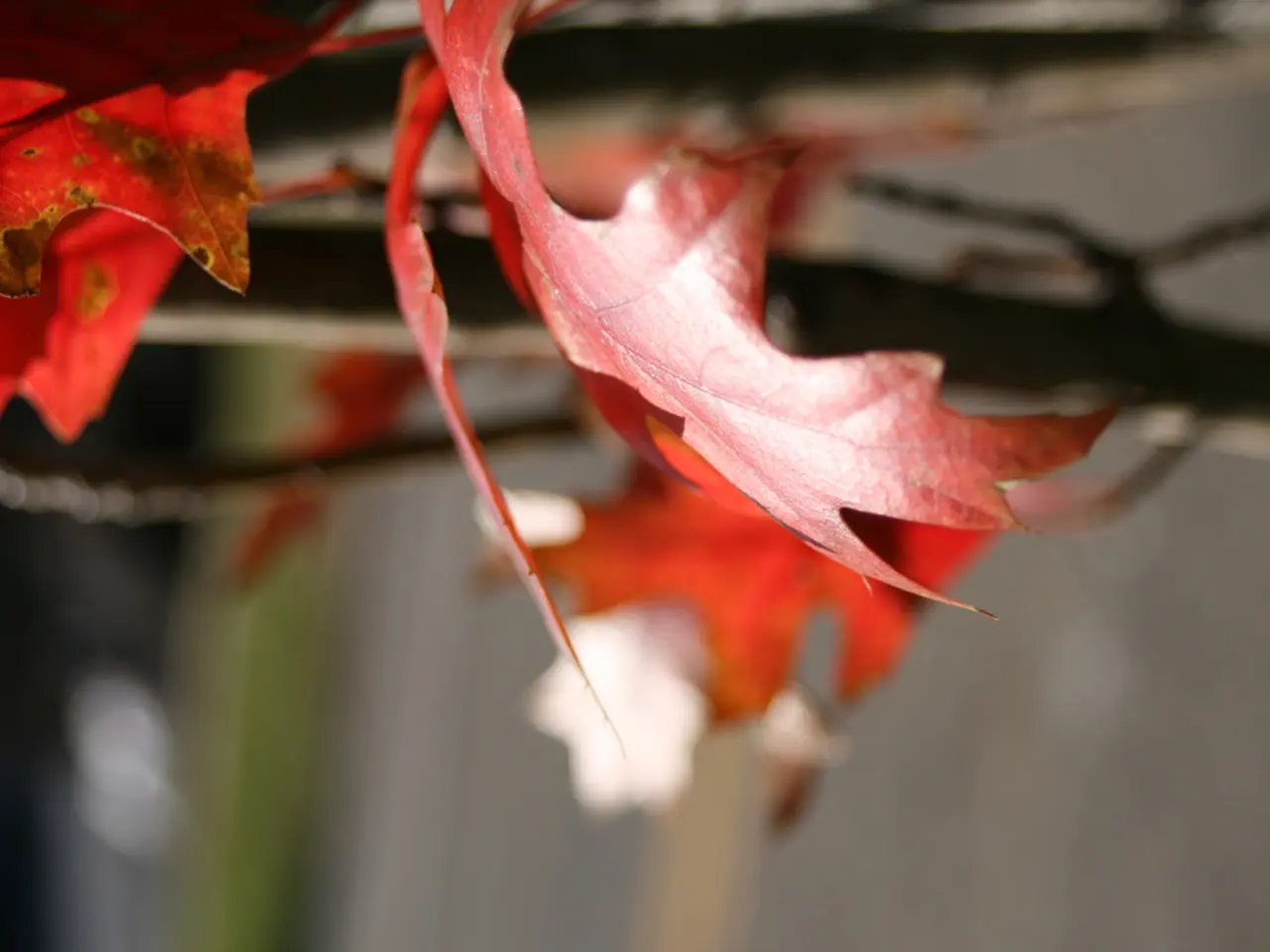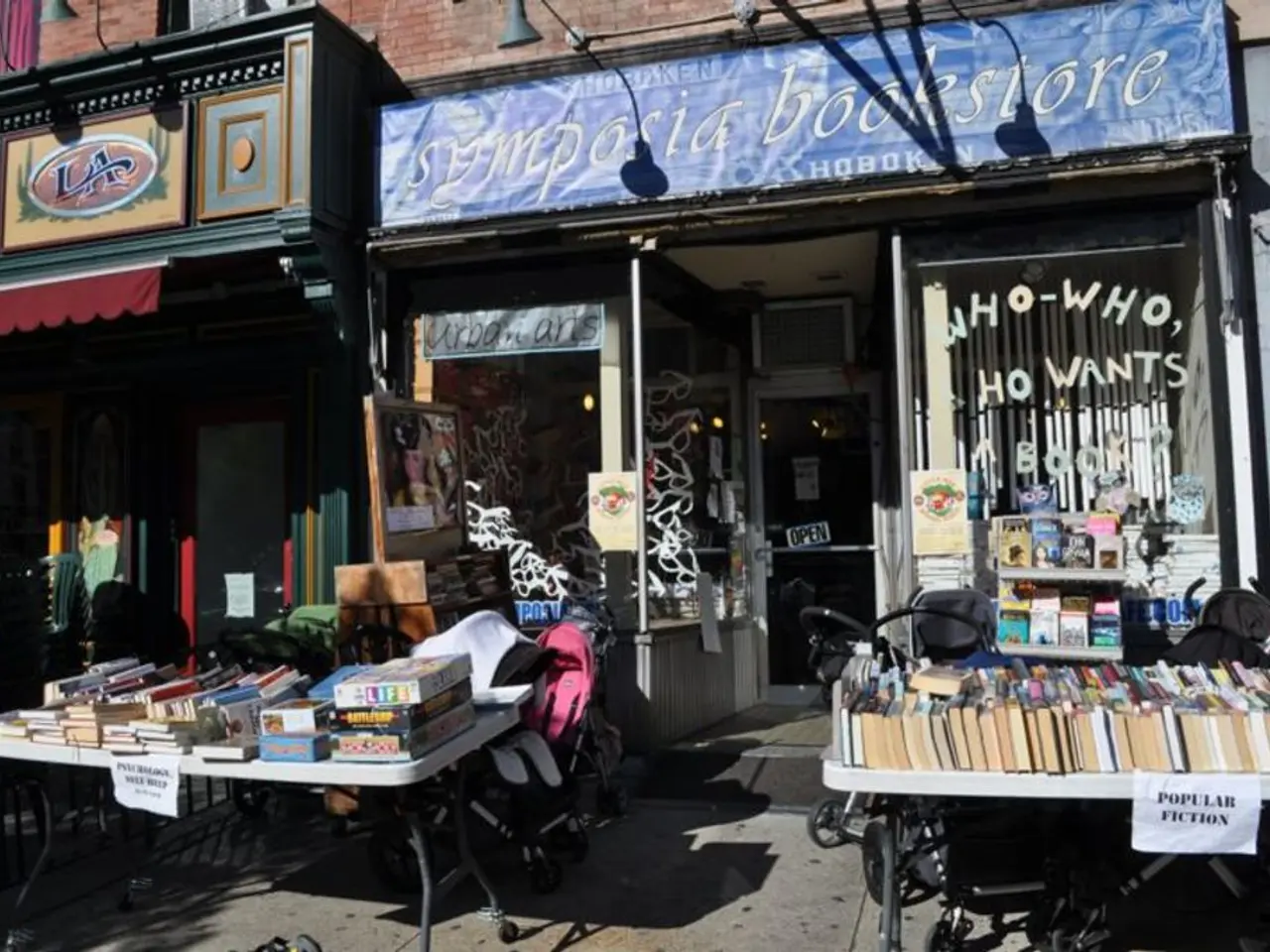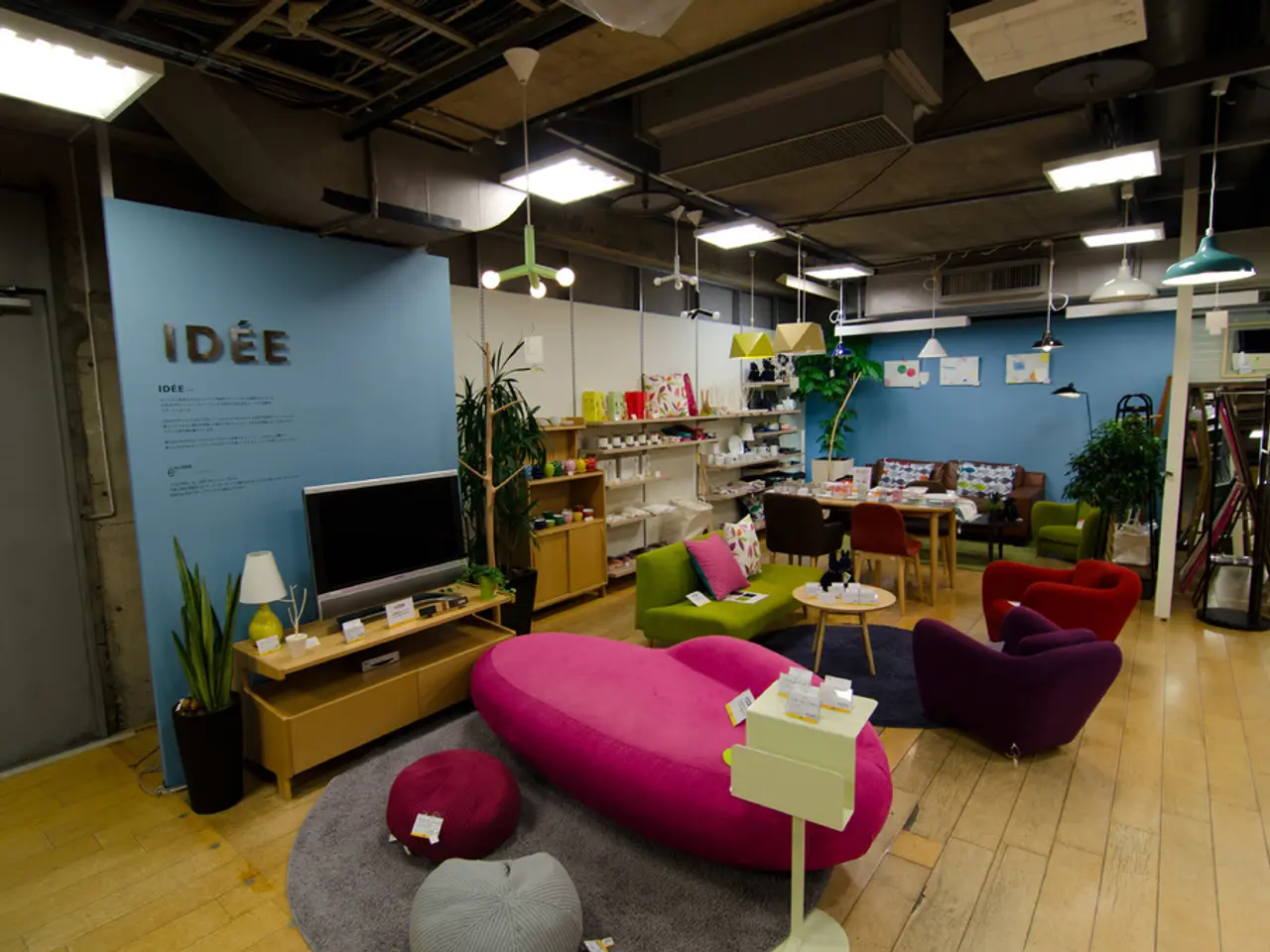The Long-Term Viability of Maple Syrup Production Industry
In the heart of North America, maple syrup producers are embracing sustainable practices to adapt to the challenges posed by climate change. From sugarbush maintenance to distribution, the industry is undergoing a transformation to ensure the long-term health of their products and the ecosystems they depend on.
## Sugarbush Maintenance
Producers are focusing on biodiversity and habitat preservation, maintaining diverse forests that help in carbon sequestration and supporting local wildlife. This diversity also aids in resisting invasive species and diseases that can be exacerbated by climate change. Careful selection of trees for tapping ensures that only healthy trees are used, reducing the risk of over-tapping and promoting long-term tree health. Practices like mulching and avoiding intensive ground disturbance help maintain soil health and prevent erosion, which is crucial for maintaining water quality.
## Collection
Modern sap collection systems, such as vacuum systems, are designed to reduce energy consumption and improve efficiency. These systems help producers collect a higher yield of maple sap in a shorter period of time. Producers are also adapting to irregular weather patterns by using technology to monitor and adjust tapping schedules based on temperature fluctuations, ensuring optimal sap flow conditions.
## Processing
Many producers are transitioning to more energy-efficient equipment and processes. For instance, using solar power or biomass for heating can significantly reduce carbon emissions. Waste reduction strategies, like using syrup filters made from sustainable materials and minimising packaging waste, contribute to a more sustainable operation.
## Distribution
Focusing on local and regional markets can reduce carbon footprint from transportation. This approach also supports local economies and preserves cultural traditions. Sustainable packaging materials and minimising packaging overall help reduce environmental impact during distribution.
The US Department of Agriculture's Acer program provides competitive research grants of up to $500,000 for maple syrup sustainability. In Canada, approximately 71% of the world's maple syrup is produced, with 91% coming from Quebec. It takes approximately 400,000 BTUs or 117 kWh to produce one gallon of maple syrup. In 2022, an estimated 17.40 million gallons of maple syrup were produced, requiring around 2.04 billion kWh of energy.
The US is the second-largest producer of maple syrup, mainly in the Northeast and northern Midwest. The maple syrup industry is divided into four stages: sugarbush maintenance and management, collection, processing & boiling, and bottling, packaging, and distribution.
Reverse osmosis has the potential to reduce evaporator fuel use by 50-80%, lowering emissions and cutting down on boiling time. The concentrate is boiled to a regulated density of no less than 66 °Bx, which equates to a 66% sugar content and the Maillard reaction, creating maple syrup's amber colour. The Master-E electric evaporator, produced by CDL, has the potential to cut emissions and fuel costs, with a production cost of around US$4.12 per barrel (40 US gallons).
Canada's Sustainable Canadian Agricultural Partnership invests over CA$1 million in maple syrup production sustainability. A team of researchers at the University of Michigan's School of Environment and Sustainability received a grant to conduct a 3-year life cycle analysis on maple syrup production in the US. The research identified areas of improvement and created models for carbon reduction in the collecting and processing stages of maple syrup production.
Maple syrup production has a deep-rooted culture of "stewardship" for sugarbushes. Checkoway's research suggests that the energy needed for the boiling point changes due to a change in the solution's concentration, affecting the cost of fuel per gallon of syrup for all fuel types.
In conclusion, the US and Canadian governments are focusing on reducing emissions in the maple syrup industry through grants and investments, as producers are interested in sustainable farming practices to adapt to the impact of climate change on their livelihoods.
- The maple syrup industry is adopting sustainable practices to promote biodiversity, preserve habitats, and combat climate change, including carbon sequestration and habitat preservation.
- Focusing on local markets for distribution reduces carbon emissions and supports local economies, maintaining a connection to cultural traditions.
- Energy-efficient equipment and processes are being implemented in all stages of production to minimize carbon emissions, such as using solar power or biomass for heating.
- Waste reduction strategies, like using sustainable filter materials and minimizing packaging waste, are crucial for achieving a more sustainable operation.
- Modern sap collection systems, like vacuum systems, improve efficiency and reduce energy consumption, allowing producers to collect a higher yield in less time.
- The Master-E electric evaporator, produced by CDL, has the potential to cut emissions and fuel costs significantly, contributing to sustainable maple syrup production.
- In environmental-science research, efforts are being made to identify areas of improvement and create models for carbon reduction in the collecting and processing stages of maple syrup production, ensuring long-term sustainability for the health-and-wellness sector, food-and-drink industry, and home-and-garden enthusiasts alike.




